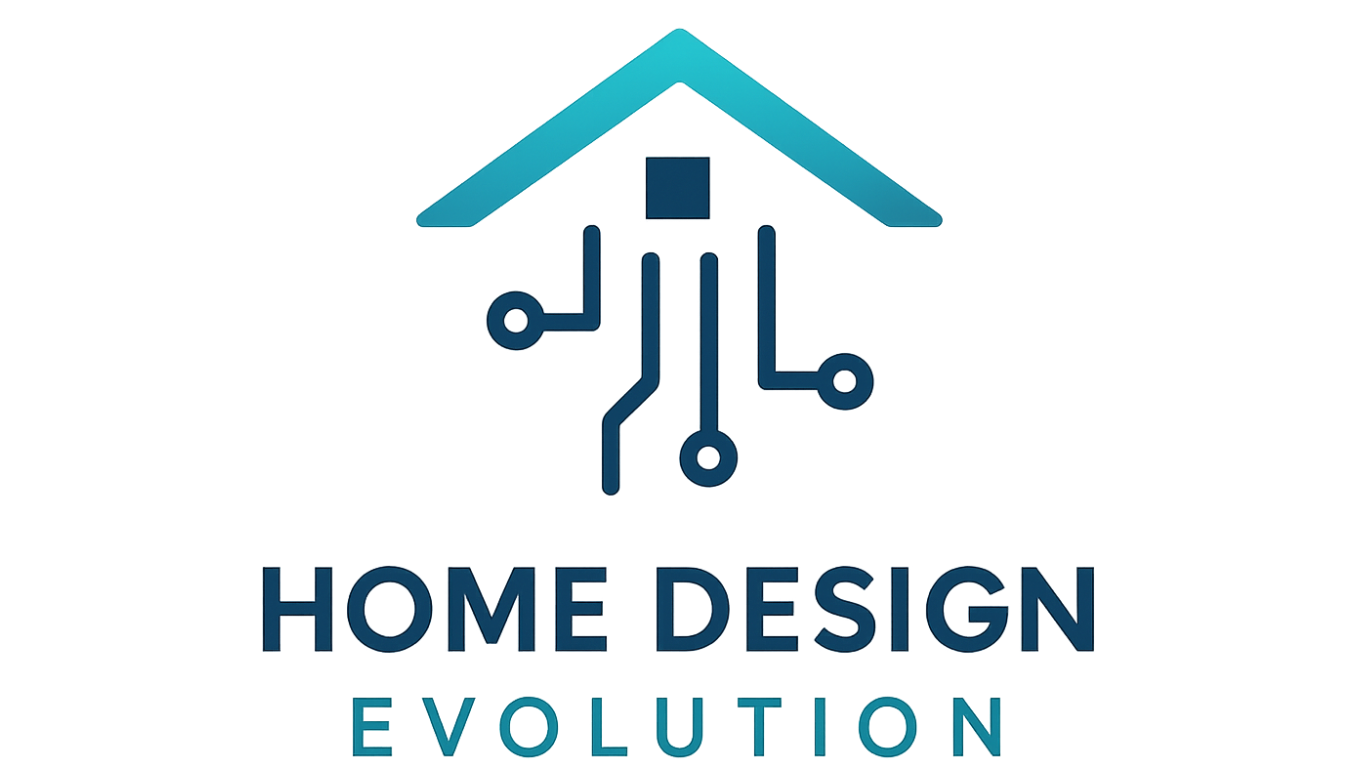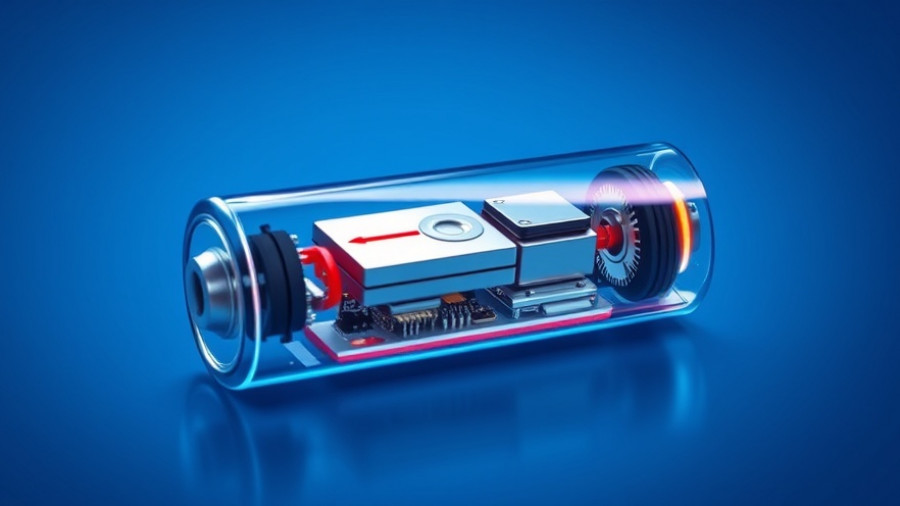
Unlocking the Future: The Importance of Solar Panel Recycling
As the adoption of solar energy escalates, the lifecycle of solar panels becomes a pressing concern for environmentally conscious homeowners and communities. With millions of solar panels expected to reach the end of their useful life over the coming decades, recycling has emerged as a crucial step in maintaining the sustainability of solar energy. Understanding can solar panels be recycled is vital. Fortunately, the answer is yes, but the recycling process isn't without its challenges.
What Materials Can Be Recycled?
Solar panels are composed of several valuable materials, making them suitable for recycling when they reach the end of their lifespan. Primarily, solar panels consist of:
Glass: The predominant material in solar panels, glass can be recycled with over 95% recovery rates, contributing significantly to sustainability initiatives.
Silicon: Advanced recycling technologies have made it possible to recover up to 95% of silicon, a significant semiconductor material.
Metals: Elements like aluminum frames, copper wiring, and silver contacts are also recoverable, further reducing the environmental footprint.
As innovative recycling practices evolve, these materials can transform from waste into invaluable resources, supporting a circular economy within the solar industry.
The Role of Solar Recycling Centers in Enhancing Sustainability
Innovative recycling centers play a pivotal role in addressing the challenge of decommissioned solar panels. By recovering precious materials, they not only reduce landfill waste but also lessen the demand for raw material extraction, which can be environmentally harmful. The advanced recycling processes employed by organizations like SOLARCYCLE allow for high recovery rates, transforming potential waste into inputs for new solar technology.
Challenges and Opportunities in Solar Panel Recycling
Despite advancements, several issues need addressing within the solar recycling industry. The high cost of recycling compared to disposal and the potential hazards posed by toxic elements like lead and cadmium are significant obstacles. Collaborative efforts between manufacturers, researchers, and policy makers are crucial to overcoming these hurdles. With regulatory frameworks, like the European Union's Waste Electrical and Electronic Equipment (WEEE) Directive, and economic incentives growing, the future of solar recycling looks brighter.
Why It Matters: Environmental and Economic Benefits
The benefits of recycling solar panels extend far beyond waste management. According to studies, recycling one panel could prevent approximately 97 pounds of CO2 emissions, contributing to overall reduced greenhouse gas emissions. Additionally, the economic potential from recovered materials could reach $15 billion by 2050, illustrating the financial viability of investing in recycling technologies.
Taking Action: How You Can Contribute
For environmentally conscious homeowners, knowing how to properly dispose of old solar panels is imperative. Many manufacturers offer take-back programs to responsibly manage the lifecycle of their products. Engaging in discussions with local solar providers about recycling options can lead you to sustainable disposal solutions.
As awareness grows and technology progresses, the solar industry has the opportunity to create a truly sustainable energy cycle. Join the movement towards sustainability by advocating for better recycling processes and supporting innovations in solar energy!
 Add Row
Add Row  Add
Add 



Write A Comment